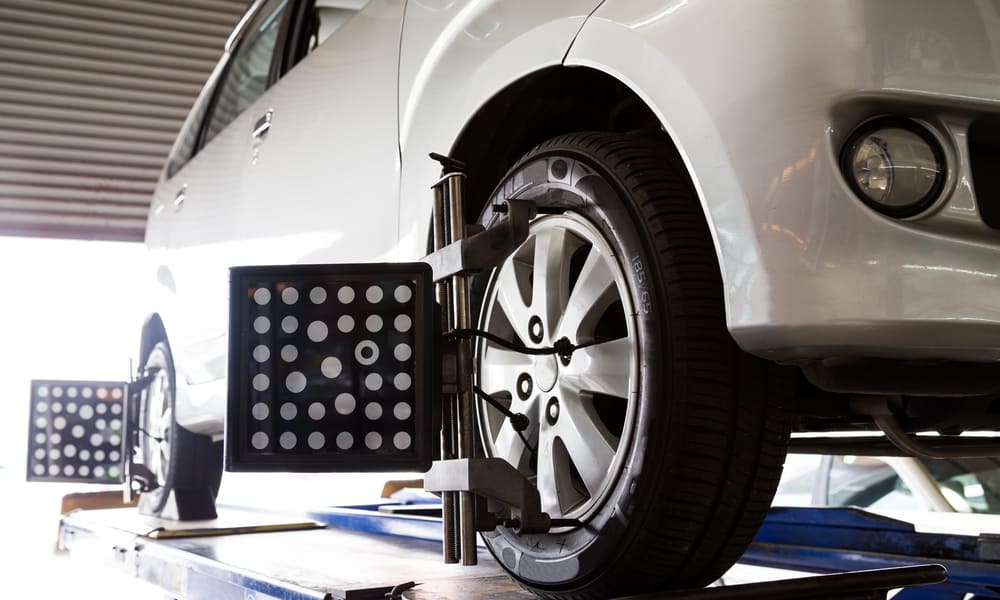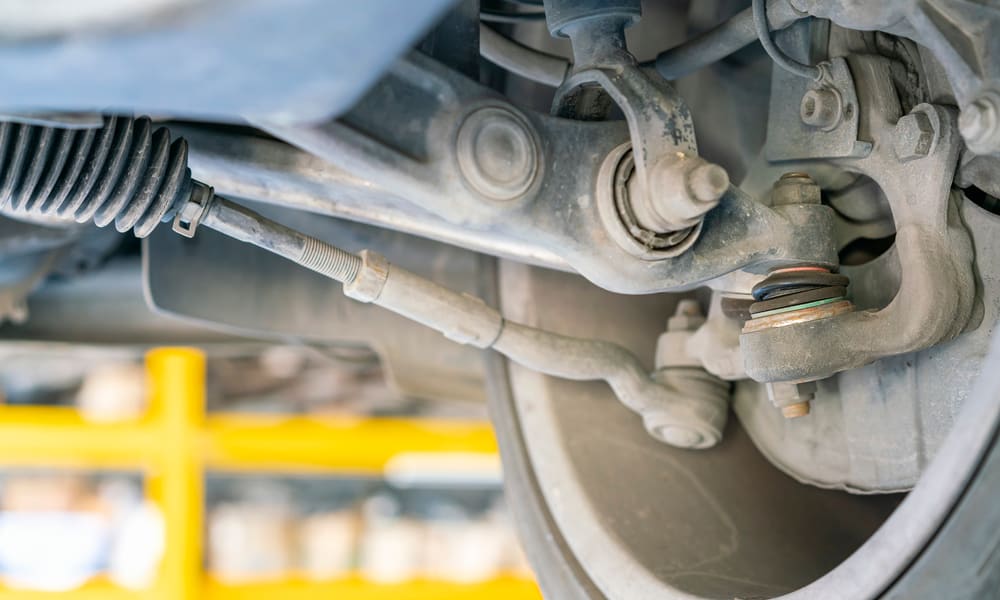How low is too low for tire pressure? Different mechanics will answer this question differently. Some will tell you to consult your vehicle’s owner manual. Others will try to offer an answer based on their personal experience. The frustrating thing for you would be that both their answers won’t match.
That is because there’s no single answer to this question. Optimal pressure for any tire depends on many factors, including the temperature in your area, your driving style, and the condition of the roads on which you frequently drive. All these factors determine how much air you should pump inside your tire.

Does the difficulty involved in determining the correct tire pressure mean you shouldn’t give a great deal of thought to it? Doing that will be costly and dangerous. Under-inflation can shorten the life of your vehicle’s tires, harm your vehicle’s performance, and could even lead to a tire blowout.
Hence why you shouldn’t let your tire pressure get too low.
How low is too low for tire pressure?
Follow these steps to check if your tire’s pressure is too low:
1. Go through your car’s instructions manual

Specifically, check out the tire-pressure recommendations provided by your vehicle’s manufacturer. You can find the instructions manual in the owner’s manual or on the driver’s side doorjamb.
Consult your carmaker’s website if you seem to have misplaced your manual. Almost all automakers allow their users to get car manuals online by entering the make and model of their vehicle.
2. Calculate 25% of your car’s recommended pressure:
After checking out the automaker’s recommended tire pressure, get 25% of that figure. For instance, if your car’s manual states that its optimal tire pressure is 30ppsi, then 25% of that figure is 7.5PSI.
Once you have calculated that figure, subtract it from your tire’s recommended air pressure. In our case that would turn out to be (30psi – 7.5psi = 22.5psi). Note down this number as you’re going to need it in the following step.
3. Consult your vehicle’s TPMS:

US Federal law states that every vehicle made in 2008 or after must have a tire pressure monitoring system (TPMS). This system states that if a tire’s air pressure is 25% below the automaker’s recommended pressure, then it’s too low.
Compare the 25% figure you calculated in the previous step (22.5psi) with your tire’s recommended air pressure to tell whether your tire pressure is too low or not. Immediately inflate your tires if that’s indeed the case.
Dangers of low tire pressure
Here’s why you shouldn’t let your tire pressure get too low:
Low tire pressure can lead to a blowout

Drivers who have experienced a tire blowout can tell how traumatic and nerve-wracking the whole experience can be. It can also be fatal if you don’t know what to do in the first few seconds after a tire blowout – that is to hold the steering straight and not apply brakes.
When the air pressure inside the tire gets too low, it experiences heat build-up, which, if persistent, would separate a section of tire’s rubber from its carcass – which is that part of the tire on which it is built-on. If all of this happens suddenly and you’re driving at high speed, a tire blowout might follow.
Low tire pressure harms fuel economy

Have you ever heard your fellow drivers complaining about the fuel economy of their vehicle? Then you might want to tell them to check their tire pressure. That is because low tire pressure does tend to place a bottom pressure on a vehicle’s fuel economy. Here’s how.
Under-inflated tires require more power from the engine to keep rolling. This causes the engine to burn more fuel. EPA corroborates this statement by claiming that properly inflated tires can boost a vehicle’s fuel economy by as much as 3 percent in certain cases.
Low tire pressure affects the vehicle’s handling

Has your vehicle become challenging to handle off late? Is it despite the fact that both its wheels as well as the suspension are in good working condition? Then you might want to drive it to your nearest tire shop to have its tire pressure checked. Here’s why we’re saying that.
Underinflated tires force their sidewall to flex more than usual. This causes the tire’s tread to squirm and makes the whole tire lose its traction and become unstable. That, in turn, slows down your tires’ response to steering and increases their braking distance.
Low tire pressure reduces the tire’s life

Experts tell us that underinflated tires are less likely to maintain their shape vis-à-vis their properly inflated counterparts. That is because these tires develop a tendency to become flat as the wheels roller, thereby increasing the tire’s wear.
Such a scenario often leads to the tire experiencing uneven wear on both its inner and outer shoulders. The resulting damage negatively affects the tire’s footprint by taking a toll from its tread, which in turn forces you to replace this costly car component prematurely.
FAQs and Answers
Q: How often should you inflate your tires?
A: According to a rule of thumb, you should inflate your car’s tires every time you fill up gas. That will keep the tires adequately inflated and enhance their road life.
Q: Why do my car’s tires keep on losing air?
A: Tires that aren’t mounted properly and those that have a broken valve stem are prone to leaking air far too often.
Conclusion
You might have deduced by now the dangers of driving on under-inflated tires. Apart from putting the personal safety of the driver and other passengers in the vehicle at risk, poorly inflated tires also cost more in terms of fuel consumption and quick replacement. Hence why we recommend that you should inflate your tires at least once every 30 days.
The post How Low is Too Low for Tire Pressure? appeared first on Smart Motorist.
source https://www.smartmotorist.com/how-low-is-too-low-for-tire-pressure


















































